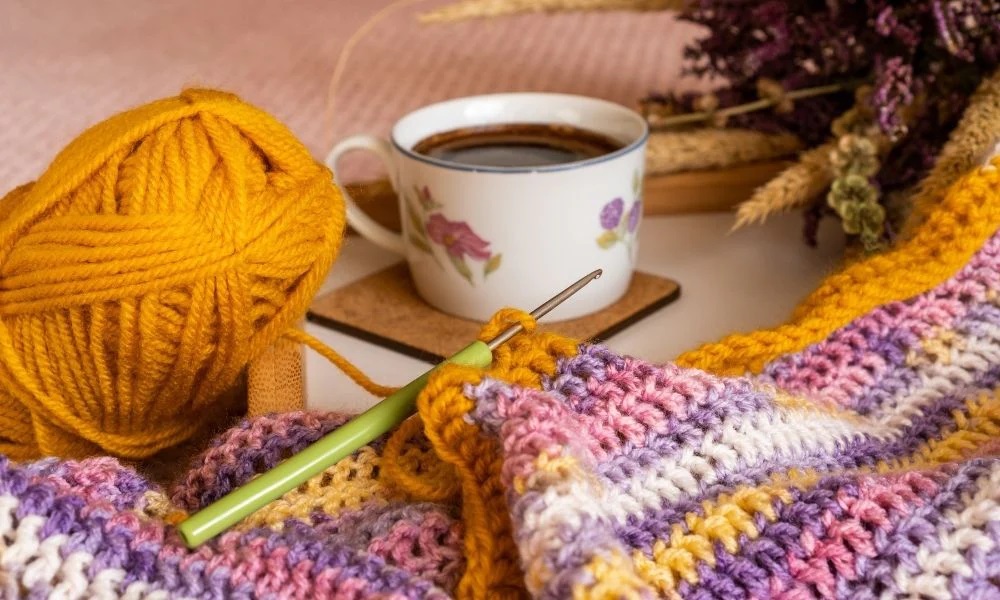The excursion from ranch to yarn is an interesting cycle that includes different advances, including the determination of filaments that are reasonable for making top notch yarn. The selection of strands is a urgent choice in this cycle, as it straightforwardly impacts the qualities and nature of the last yarn. The yarn canada offers a wide variety of textures and colors for all knitting and crocheting enthusiasts.A few kinds of strands are normally utilized in the ranch to-yarn process, each with its special credits and applications.
Cotton: Cotton is perhaps of the most broadly involved regular fiber on the planet. It comes from the cotton plant’s cushioned seed filaments. Cotton yarn is known for its delicate quality, breathability, and permeableness, settling on it a famous decision for making dress, towels, and home materials. Cotton yarn can go from fine and smooth to finished, contingent upon the handling and turning procedures.
Fleece: Fleece is a characteristic creature fiber essentially obtained from sheep yet in addition from different creatures like alpacas, goats (cashmere and mohair), and bunnies (angora). Fleece yarn is valued for its glow, delicateness, and dampness wicking properties. It’s normally utilized for making sweaters, scarves, and other chilly climate pieces of clothing. Various types of sheep produce fleece with shifting surfaces and characteristics.
Cloth: Material is gotten from the flax plant’s, areas of strength for long. Cloth yarn is known for its breathability, dampness wicking capacities, and strength. It’s frequently used to make summery pieces of clothing, decorative spreads, and bed materials. Material yarn has a particular regular shine and freshness.
Silk: Silk is an extravagant regular fiber created by silkworms. Silk yarn is profoundly valued for its perfection, sheen, and lightweight feel. It is regularly used to make fine, sensitive textures, like silk, as well as sumptuous dress things, adornments, and home materials.
Bamboo: Bamboo yarn is produced using the mash of the bamboo plant. It is known for its delicateness, breathability, and normal antibacterial properties. Bamboo yarn is frequently utilized for lightweight and eco-accommodating pieces of clothing. It wraps wonderfully and has a plush surface.
In the homestead to-yarn process, the determination of filaments relies upon factors like the planned utilization of the yarn, the ideal attributes of the eventual outcome, and environmental contemplations. A yarn shop is a haven for crafters, offering a diverse selection of fibers, colors, and tools for knitting and crocheting.


